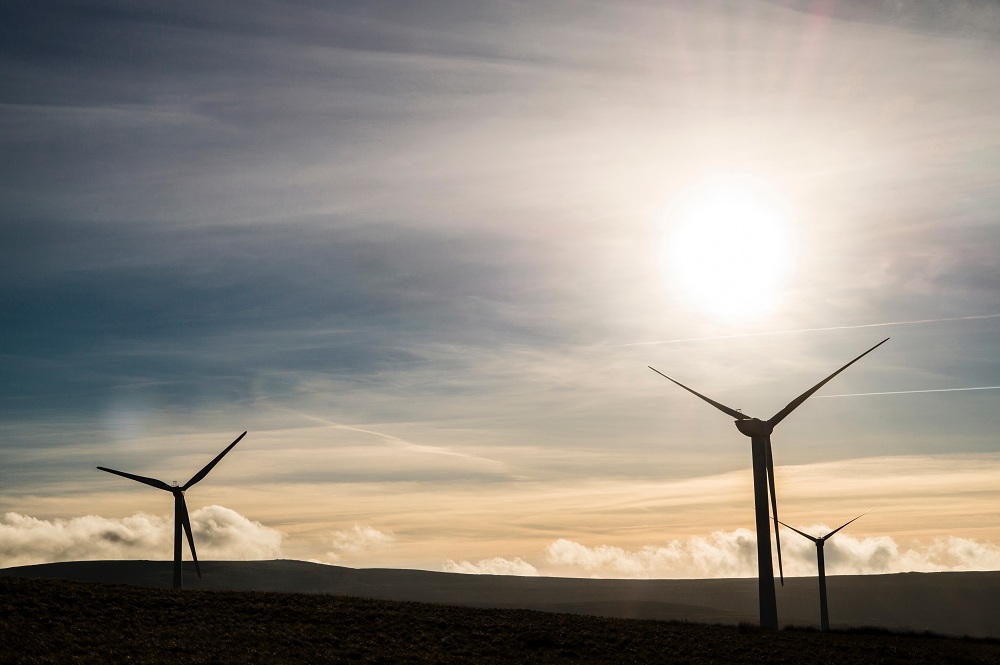“This is the first of a two-part series detailing the possibility of small-scale energy production to help curb the use of fossil fuels and ultimately – global warming. Explored here are two promising technologies – even if they are at their infancy stage – can make everyone a contributor to the goal of reducing our carbon dioxide footprint.”

Every day, humans consume more than 27 billion kilowatts of energy, which is equivalent to more than 7.5 billion of living human beings boiling 70 kettles of water per hour. The swelling of the global population, industrialization and commercialization has blazed with blurring speed. Developing nations and superpowers has devoured its ways into these amounts of energy requirement. As nations rise, its citizens’ hunger for energy also rose. The never ending need to power their houses, cars, business, leisure and of course, gadgets has also increased. The energy requirement to keep humanity’s need has soared into unprecedented levels. These figures just keep shooting upwards like rocket-propelled space shuttles. It should not require a complex scientific and mathematical formula to fathom how huge is humanity’s energy needs – just multiply your energy use 7.5 billion times.
The consumption of energy is not a problem. The problem sprouts from the source of the energy – fossil fuels. Fossil fuels that were formed by natural processes, such as anaerobic decomposition of buried dead organisms, containing energy originating in ancient photosynthesis. These sources we suck up from the earth’s crust contain high percentages of carbon and include petroleum, coal, and natural gas and we burn them for energy.
The worry starts from the fact that these source of energy does not replenish as much as we consume it. The more we consume fossil fuels by burning them, the higher the potentially devastating toll on the planet. Burning of coal, oil and gas has been proven as the main cause of rising levels of greenhouse gases and ultimately global warming.

Our fossil fuel habit is slowly pushing us to the grand destruction of the only habitable planet we know.
And we have not even reached the climax of energy consumption.
Humanity’s ascent to greater discoveries and technological advancement is hooked to its use of energy. Even with more than three billion people around the world who cook and heat their homes using old school techniques like stoves and open fires. While developed nations would continue to acquire wealth through industrialization, the energy requirement would swell like the cash on their bank accounts. The world keeps on advancing and the more we advance the hungrier we are for energy.
Do we take a step back and just stop?
 If your answer is yes, shutdown the gadget you are using to read this article, do not charge it and throw it away. If you are from the cooler regions, turn off your heating. If you are in the tropical areas turn off you air conditioning. If you are at work, deflate the tires of your car and start walking home. Once you get home, do turn on your smart TV. Do not even light a bulb. Once you are hungry, rub two rocks against each other and make fire so you can cook your food and don’t even think of opening that can of sausages.
If your answer is yes, shutdown the gadget you are using to read this article, do not charge it and throw it away. If you are from the cooler regions, turn off your heating. If you are in the tropical areas turn off you air conditioning. If you are at work, deflate the tires of your car and start walking home. Once you get home, do turn on your smart TV. Do not even light a bulb. Once you are hungry, rub two rocks against each other and make fire so you can cook your food and don’t even think of opening that can of sausages.
No, humanity will not step back and stop. But what can we do? What can you do?
What we can do has been already answered countless times. What humanity can do has been agreed in various summits and conferences. Humans need to reduce the amount of carbon dioxide being released into the atmosphere. Lessen the fossil fuels that produce carbon dioxide and other harmful elements.
How would we stop it when we have been sucking more than 135 billion tons of crude oil since the 18th century?
The answer is all found in this planet and the organisms living in it. Alternative, sustainable and renewable energy is the key. We will not cut back on our business, lifestyle and tech. We will cut back on our fossil fuel consumption.
As avid students, researchers and followers of science, especially physics, the environmental team of Nonequilibrium has been trying to find the needle in the haystack and trying to think out of the box.
When almost everything has been proposed to increase the share of sustainable energy in the energy consumption pie, we looked at a possible way to use sustainable and renewable energy by fitting it into the lifestyle of humans today.
Harvesting Energy from Fabrics
Humans are fond of wearing the trendiest outfits. We do outfit ourselves to our liking. We have embraced different fashion styles to the point that it became the mainstream style. Just like when we welcomed wearable techs in our daily fashion outfit. As much was we welcomed these energy-consuming smart watches, we are most likely open to the idea of wearable chargers.
Recent studies by various research teams have proven that certain kinds of fabric can generate electricity. These are the fabrics that can be seamlessly incorporated to your shirts, pants, socks, bags and so on.
 Researchers across the country have been developing and testing fabrics that can harvest energy from body heat and movement. A prominent study from the University of Texas has developed what they call as the “twistron” yarns. The energy-harvesting fabric is made from carbon nano tubes. These hollow cylinders are 10,000 times thinner than the human hair. The fabrics are twisted together into yarns then used as the main component of a cloth. Once placed side-by-side then stretched, the tightly-knitted fabric produces small amounts of electric current.
Researchers across the country have been developing and testing fabrics that can harvest energy from body heat and movement. A prominent study from the University of Texas has developed what they call as the “twistron” yarns. The energy-harvesting fabric is made from carbon nano tubes. These hollow cylinders are 10,000 times thinner than the human hair. The fabrics are twisted together into yarns then used as the main component of a cloth. Once placed side-by-side then stretched, the tightly-knitted fabric produces small amounts of electric current.
As per the findings published in the journal Science, the spool generated 250 watts per kilogram of peak electrical power when cycled up to 30 hertz, as well as up to 41.2 joules per kilogram of electrical energy per mechanical cycle, when normalized to harvester yarn weight.
The mechanism is similar to the energy harvester placed in the ocean. The harvester take in the wave energy then combine it thermally sensitive artificial muscles that convert fluctuations in temperature to electrical energy.
The twistrons can be sewn into textiles for use as self-powered respiration sensors, and used to power a light-emitting diode and to charge a storage capacitor.
Meanwhile, other labs are leveraging the phenomenon of piezoelectricity. Piezoelectricity is produced when certain materials release a charge when pressed or compressed. There is also the concept of triboelectric charging wherein energy is produced when two materials are rubbed together.
The researches mentioned above have only produced test subjects and prototypes. None have been commercially produced or sewn into an actual shirt. However, these new energy producing technologies are at their infancy. They are just starting to utilize the concepts using new breed of clothing materials.
Take it like when smart watches and fitness trackers are still in their infancy stage. No one uses it and you can’t buy it in your average electronics store.
But look at the wrists of people around you now, many are now armed with their own smart watches. Who knows that maybe in the next decade, when you take a look at people around you, you might see them clad in clothes that can provide enough charge for their phones.
It is worth noting that with the rise of small-scale, portable electronics and wearable devices has increased the possibilities of harvesting energy from a mechanical motion.
Once these fabrics go mainstream, more and more people can contribute to the reduction of our carbon footprint, instead of the other way around.
